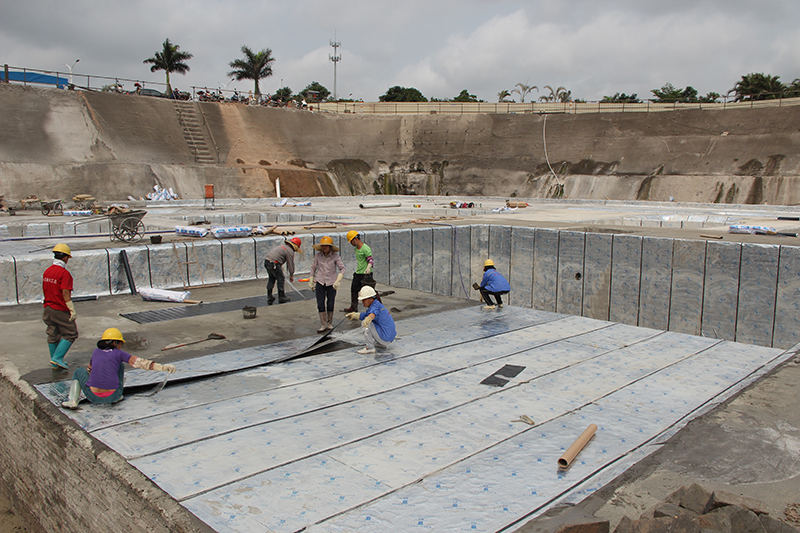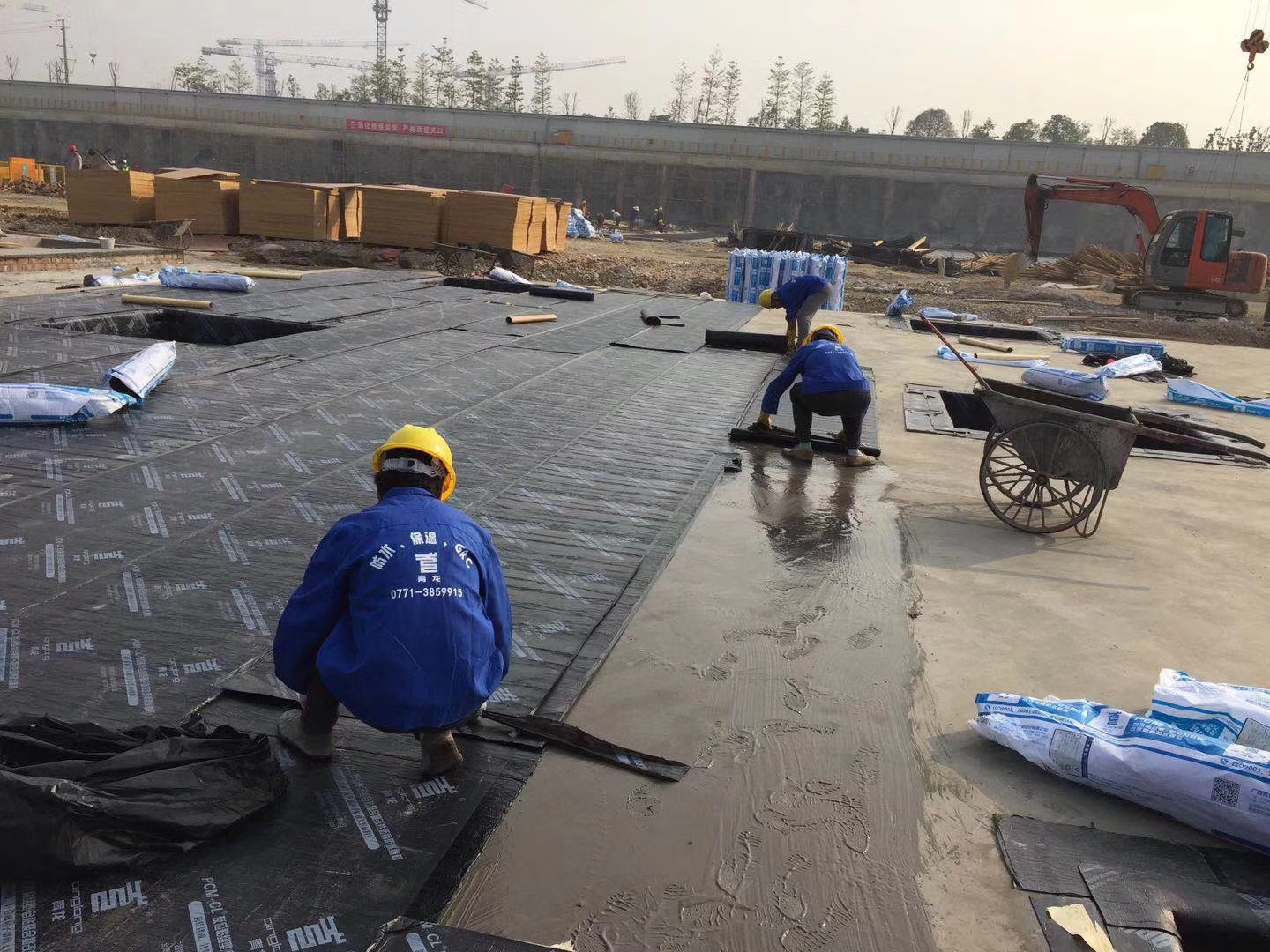In the field of construction and engineering, choosing the right waterproofing material is crucial to ensuring the durability and safety of structures. Self-adhesive waterproofing membrane and torch-on waterproofing membrane are two common types of waterproofing materials that differ in terms of performance, construction process, and durability. This article will compare these two materials and discuss which one is more suitable for specific applications.

Self-adhesive waterproofing membrane:
A self-adhesive waterproofing membrane is a flexible roll material with a self-adhesive backing, typically made from modified bitumen or SBS (styrene-butadiene-styrene) rubber. Its characteristic feature is the convenience of installation, as it does not require the use of open flames. It can be simply applied by sticking it onto the substrate. Here are the advantages of self-adhesive waterproofing membrane:
Easy installation: Self-adhesive waterproofing membrane eliminates the need for torches or other heating devices, making the construction process safer and simpler. Workers only need to roll out the membrane onto the substrate and apply pressure to ensure adhesion.
Strong bonding performance: The self-adhesive backing exhibits excellent bonding performance, allowing it to firmly adhere to the substrate and form a reliable waterproof layer. This bonding capability effectively resists water penetration, ensuring the structure remains dry and durable.
High adaptability: Self-adhesive waterproofing membrane can adapt to various substrate materials and structural forms, such as concrete, metal, wood, etc. It possesses good flexibility and elongation, enabling it to accommodate substrate movements and structural deformations.
Torch-on waterproofing membrane:
A torch-on waterproofing membrane is a roll material that requires the use of open flames during the construction process. It is typically made from modified bitumen or APP (atactic polypropylene) modified bitumen. Here are the advantages of torch-on waterproofing membrane:
High temperature resistance: Torch-on waterproofing membrane needs to be heated during installation to soften its surface and achieve adhesion to the substrate. This heating process enables the membrane to maintain stability in high-temperature environments, making it resistant to sunlight exposure and high temperatures.
Strong durability: Once heated and bonded to the substrate, the torch-on waterproofing membrane provides long-term waterproof protection. It exhibits good resistance to aging, UV radiation, chemical substances, and mechanical damage.
Suitability for complex shapes: Torch-on waterproofing membrane can adapt to complex structural shapes and detailed areas during the construction process. The heated membrane can be flexibly shaped to meet the waterproofing requirements of roofs, basements, pipes, and other special structures.

Self-adhesive waterproofing membrane vs. Torch-on waterproofing membrane:
The choice of suitable waterproofing materials depends on specific project requirements and construction conditions. Here are some factors to consider:
Construction safety: Self-adhesive waterproofing membrane is safer during construction as it does not require open flames. This is advantageous for projects with strict safety regulations or those that need to work in sensitive environments.
Project duration and efficiency: Self-adhesive waterproofing membrane allows for faster installation as there is no waiting time for heating. It can improve construction efficiency and shorten project duration. On the other hand, torch-on waterproofing membrane requires heating, which may increase construction time.
Project scale and complexity: For smaller-scale projects with relatively simple shapes, self-adhesive waterproofing membrane is often a cost-effective choice. However, for complex structures, curves, and detailed areas, torch-on waterproofing membrane may offer better adaptability and application.
Budget considerations: Self-adhesive waterproofing membrane is relatively inexpensive and easy to install, which can help reduce project costs to some extent. However, torch-on waterproofing membrane offers better durability and aging resistance, providing longer-lasting protection, but at a higher cost.
Summary:
Both self-adhesive waterproofing membrane and torch-on waterproofing membrane are common waterproofing materials, each with its own characteristics and advantages. When choosing between them, it is important to consider specific project requirements, construction conditions, safety considerations, project duration requirements, and budget constraints. For projects with simple shapes, a focus on construction efficiency and a lower budget, self-adhesive waterproofing membrane is a good choice. It is easy to install, does not require open flames, and exhibits good bonding performance and adaptability. On the other hand, for complex structures, high durability requirements, and projects with a higher budget, torch-on waterproofing membrane may be more suitable. It can withstand high-temperature environments, provide long-term waterproof protection, and adapt to complex shapes and detailed areas.
Ultimately, the final choice should be based on specific project needs and a careful consideration of various factors. It is recommended to consult with professional architects, engineers, or waterproofing material suppliers to obtain more accurate and personalized advice. They can provide professional insights based on project requirements, budget limitations, and feasibility, helping to make the best choice of waterproofing materials. Whether choosing self-adhesive waterproofing membrane or torch-on waterproofing membrane, it is important to ensure that the construction process complies with relevant standards and regulations to ensure the quality and reliability of the waterproofing system.




